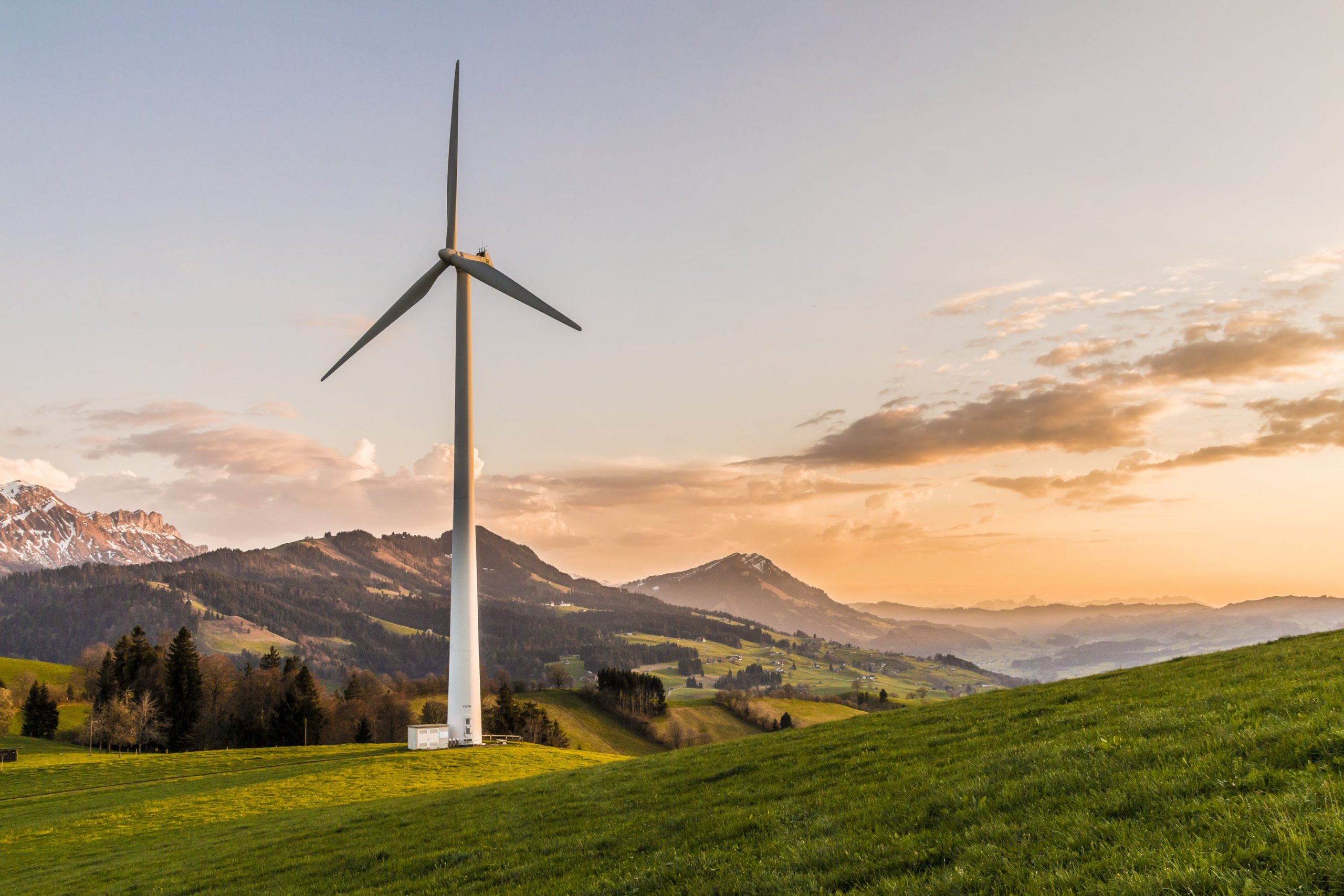
25 Jun UTILITIES FUTURIST: TOMORROW’S ENERGY AND POWER SOLUTIONS WILL LOOK RADICALLY DIFFERENT
Being utilities futurists and frequent future trends keynote speakers, we’re increasingly being asked to remind audiences that in a world driven by technology and evolving consumer demands, the energy sector is experiencing a wave of innovation and transformation. From renewable power solutions to smart grid technologies, new trends are quickly changing the fundamental way that we consume and manage essential resources. True – you can always tune into our utilities futurist presentations and keynote speaking programs to learn more. But in the interim, here’s a quick cheat sheet to some of the most notable happenings going on in the space.
For starters, the transition to renewable energy sources is a dominant trend in the sector. With growing concerns about climate change and the depletion of fossil fuels, like any utilities futurist can tell you, renewable energy technologies such as solar, wind, and hydroelectric power are gaining momentum. Innovative solutions like advanced solar panels, wind turbines, and energy storage systems are also becoming more affordable and accessible. Moreover, the decentralization of energy production through microgrids and community-based renewable projects allows individuals and communities to generate and share clean energy, reducing reliance on traditional centralized power grids.
The implementation of smart grid technologies is also revolutionizing energy distribution and consumption. If you’re not familiar with the concept, smart grids leverage advanced sensors, meters, and automation systems to monitor and manage electricity flow more efficiently. These systems enable real-time data collection, analysis, and optimization, leading to improved energy efficiency, reduced power outages, and better integration of renewable energy sources. On top of this, smart meters empower consumers to monitor and manage their energy usage, promoting conservation and cost savings.
Mind you, energy storage solutions are also playing a crucial role in optimizing the utilization of renewable energy and enhancing grid flexibility. Innovative battery technologies, such as lithium-ion and flow batteries, allow excess energy generated from renewable sources to be stored for later use, reducing reliance on fossil fuel-based power during peak demand periods. Furthermore, the integration of grid-scale energy storage systems enhances grid stability, enables load balancing, and facilitates the integration of intermittent renewable sources into the energy mix.
On other fronts, demand response programs encourage consumers to adjust their electricity usage in response to grid conditions and price signals. With the help of smart grid technologies and real-time communication, audiences can actively participate in load management by reducing energy consumption during peak demand periods or shifting it to off-peak hours. Such innovative programs incentivize energy conservation, reduce strain on the grid, and promote a more sustainable and cost-effective energy system. Moreover, energy-efficient appliances, smart thermostats, and home automation systems enable consumers to optimize energy usage and reduce wastage.
And of course (as you’ll frequently hear utilities futurists touch on) the increasing adoption of electric vehicles (EVs) is driving the trend towards electrification of transportation, offering significant opportunities for the utility sector. Overall, new EV charging infrastructure is being developed, ranging from home-based charging stations to public charging networks. Utilities are exploring innovative solutions, such as vehicle-to-grid (V2G) technology, where EVs can act as mobile energy storage units, providing grid support during peak demand or emergencies. Electrification not only reduces carbon emissions but also presents new revenue streams for utilities through EV charging services.
Naturally, it also bears reminding that utility sector is leveraging the power of data analytics and machine learning algorithms to optimize operations, enhance asset management, and improve maintenance practices. By analyzing vast amounts of data collected from sensors and smart meters, utilities can gain insights into energy usage patterns, identify inefficiencies, and predict equipment failures. Predictive maintenance helps reduce downtime, enhance reliability, and improve the overall performance of utility infrastructure.



